-
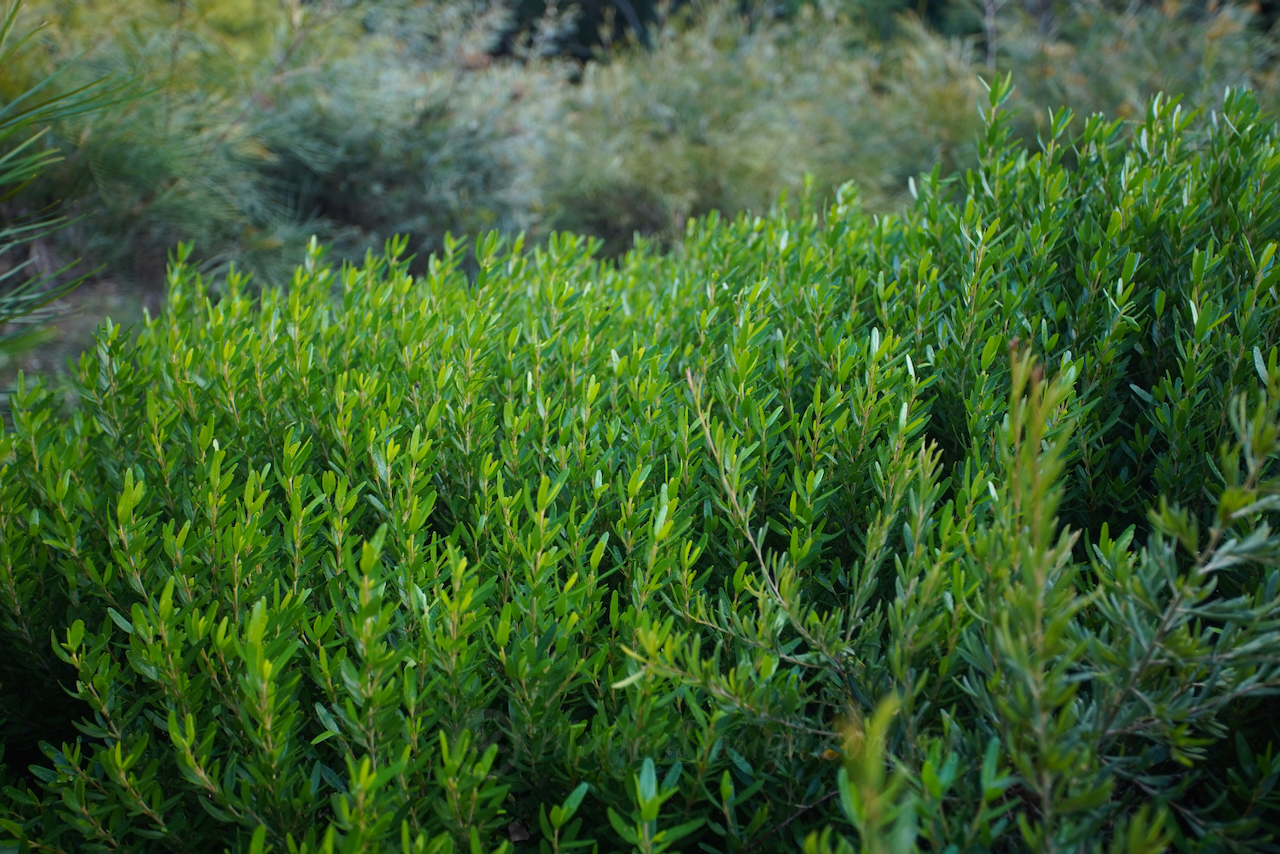
however you like it: correa glabra
This small to medium shrub is commonly known as Rock Correa, due to its ability to grow in gravelly soils, making it super tough. I absolutly love Correas but find it quite difficult to grow them in my location. Correa glabra is easily the toughest one I use in coastal NSW gardens. In fact the…
-
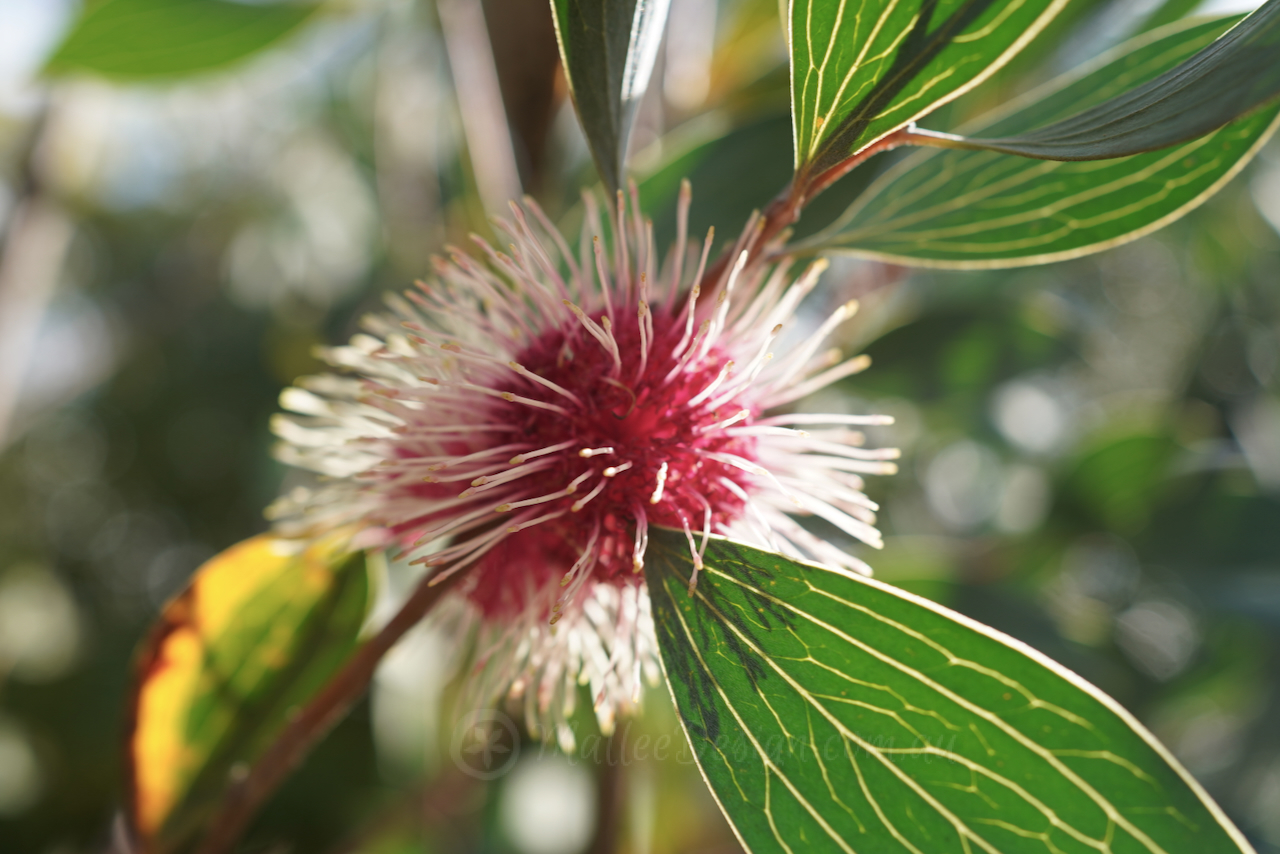
Hakea ‘Pinball’ for all
This is a grafted form of the very showy Pin Cushion Hakea, Hakea laurina, which hails from south-western WA. This is a wonderful grafted species which means we can now grow these very iconic flowers in areas with higher humidity and a heavier soil, it is actually also a cultivar: Hakea laurina x petiolaris. I…
-
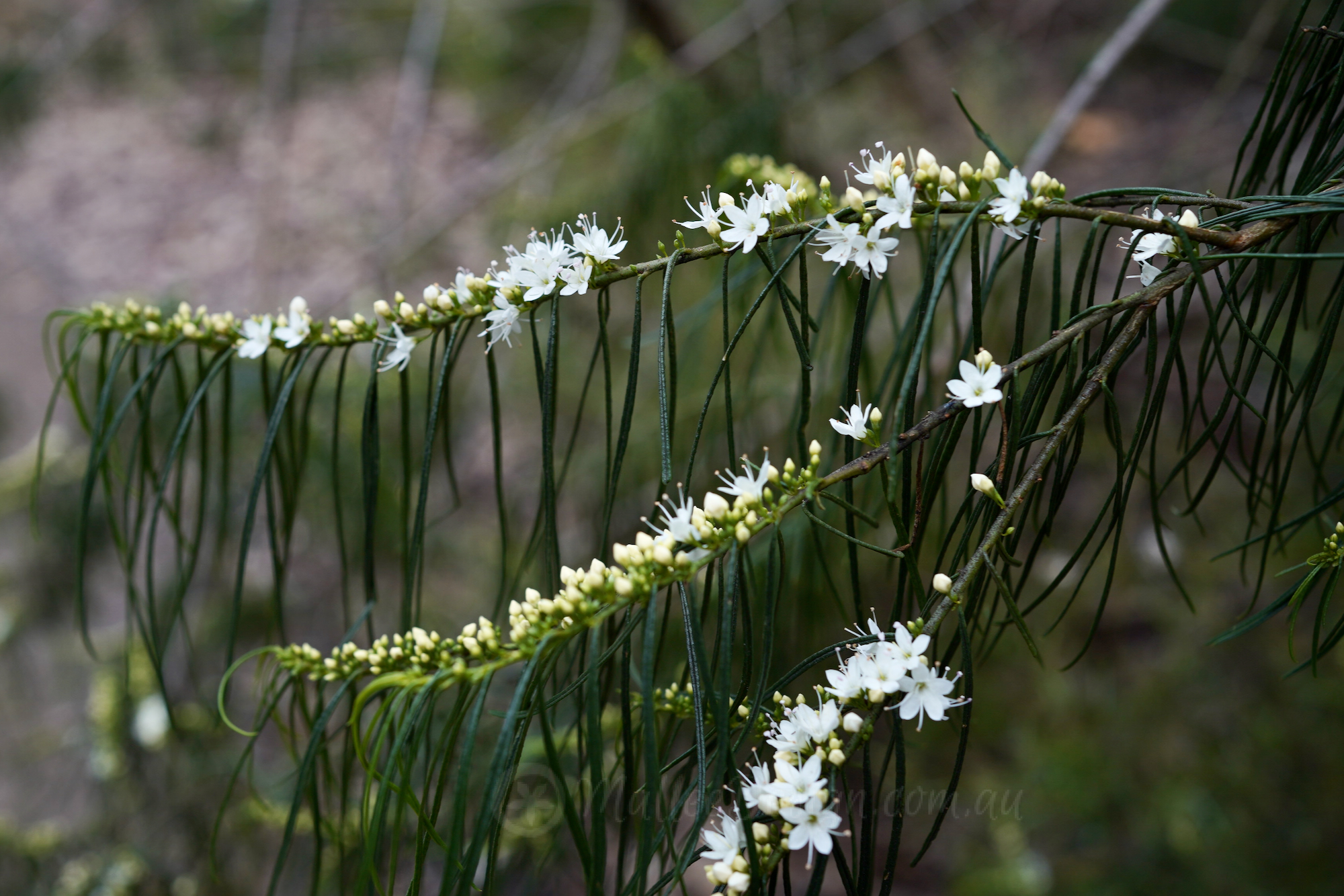
The most weeping of the weeping: Myoporum floribundum
I am obsessed with plants with a weeping habit or drooping foliage, some people find them sad and depressing looking but they are my favourite. There are many native plants with soft long leaves or gently falling branches, they can create dense screens, focal points or backdrops. Weeping foliage in a garden gives a relaxed informal…
-
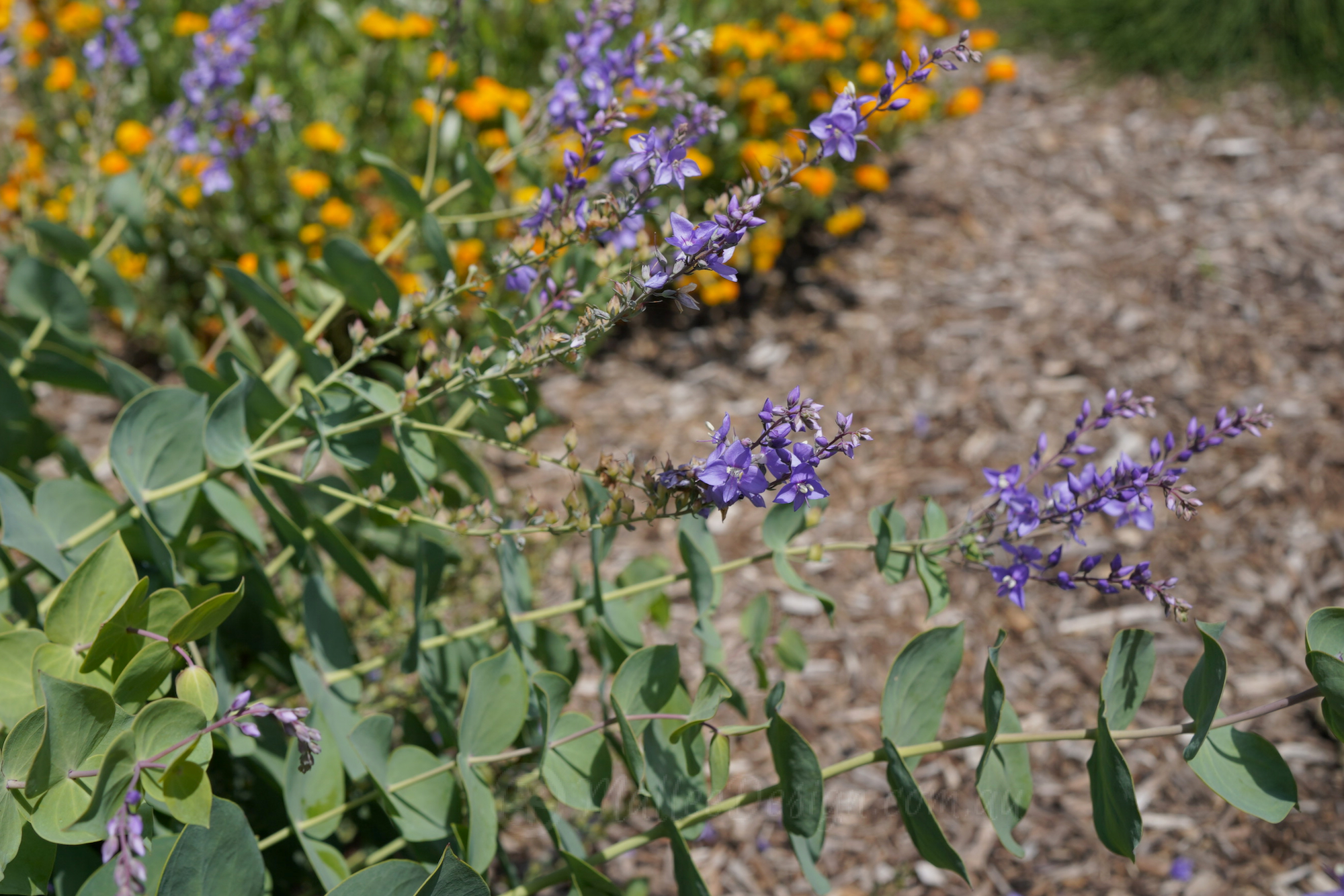
Lovely shrub of many names: Veronica perfoliata
This is to my knowledge currently Veronica perfoliata, it has gone through several differing identities and name changes, I won’t go into all of that, it just seems a shame as I think it may have detracted people from knowing about this useful plant. Firstly I love it because it has a very Eucalypt like foliage…
-
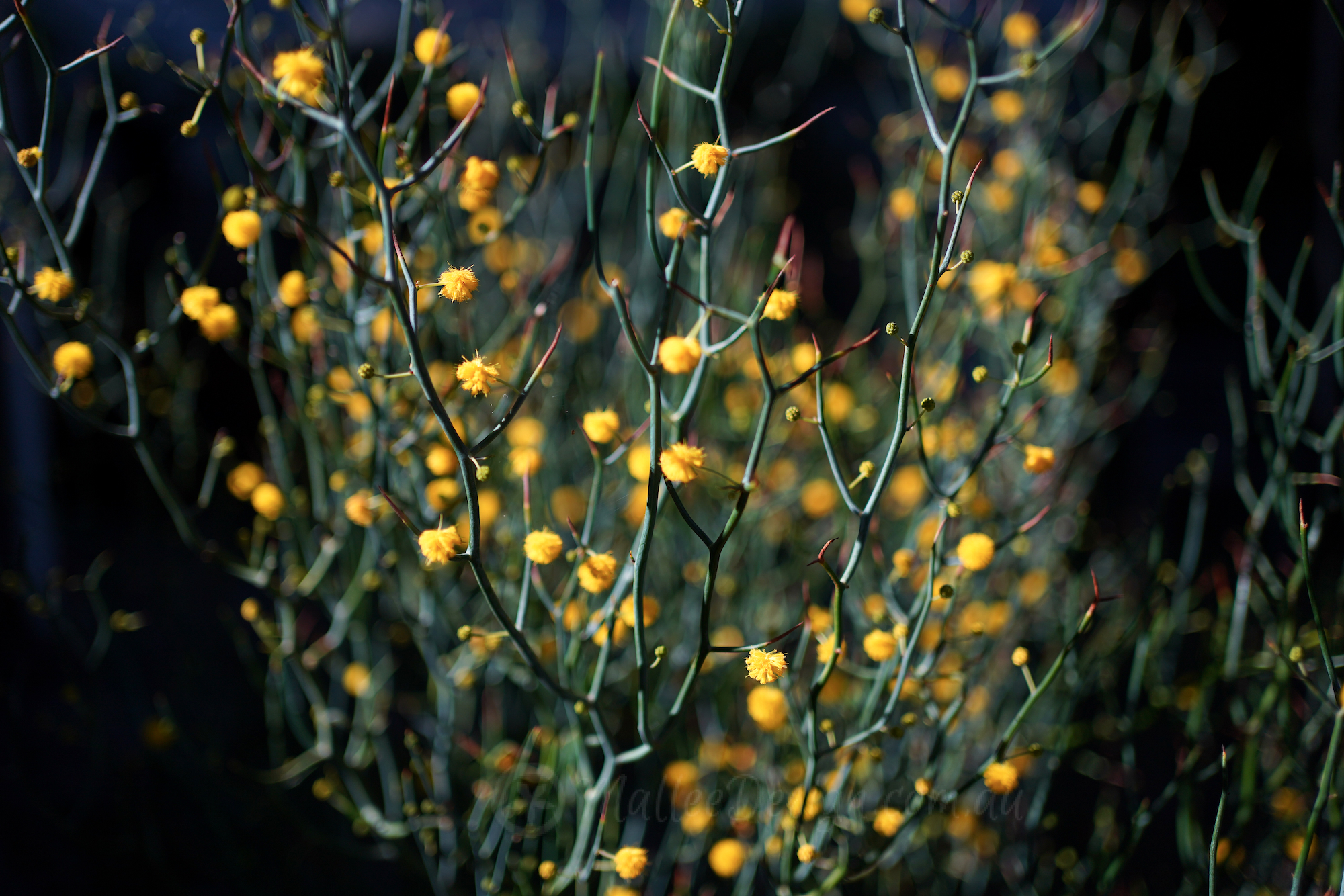
Happy Wattle Day: Acacia aphylla
Happy National Wattle Day and the official first day of Spring, although the weather where I live has been behaving more like Summer, which is extremely concerning. Nevertheless I am always happy to celebrate our Acacia species and this one I have been so patiently waiting for it to flower, and finally starting in Autumn…
-

Calothamnus quadrifidus yellow : The younger sibling
This is the lesser known One sided bottlebrush, the sibling in the shadows if you will, of the very showy Calothamnus quadrifidus ‘Grey’. I love both of course, and I think this green leaf form of Calothamnus deserves to be utilised a lot more in the garden. Calothamnus quadrifidus ‘Yellow’ is a very hardy medium…
-
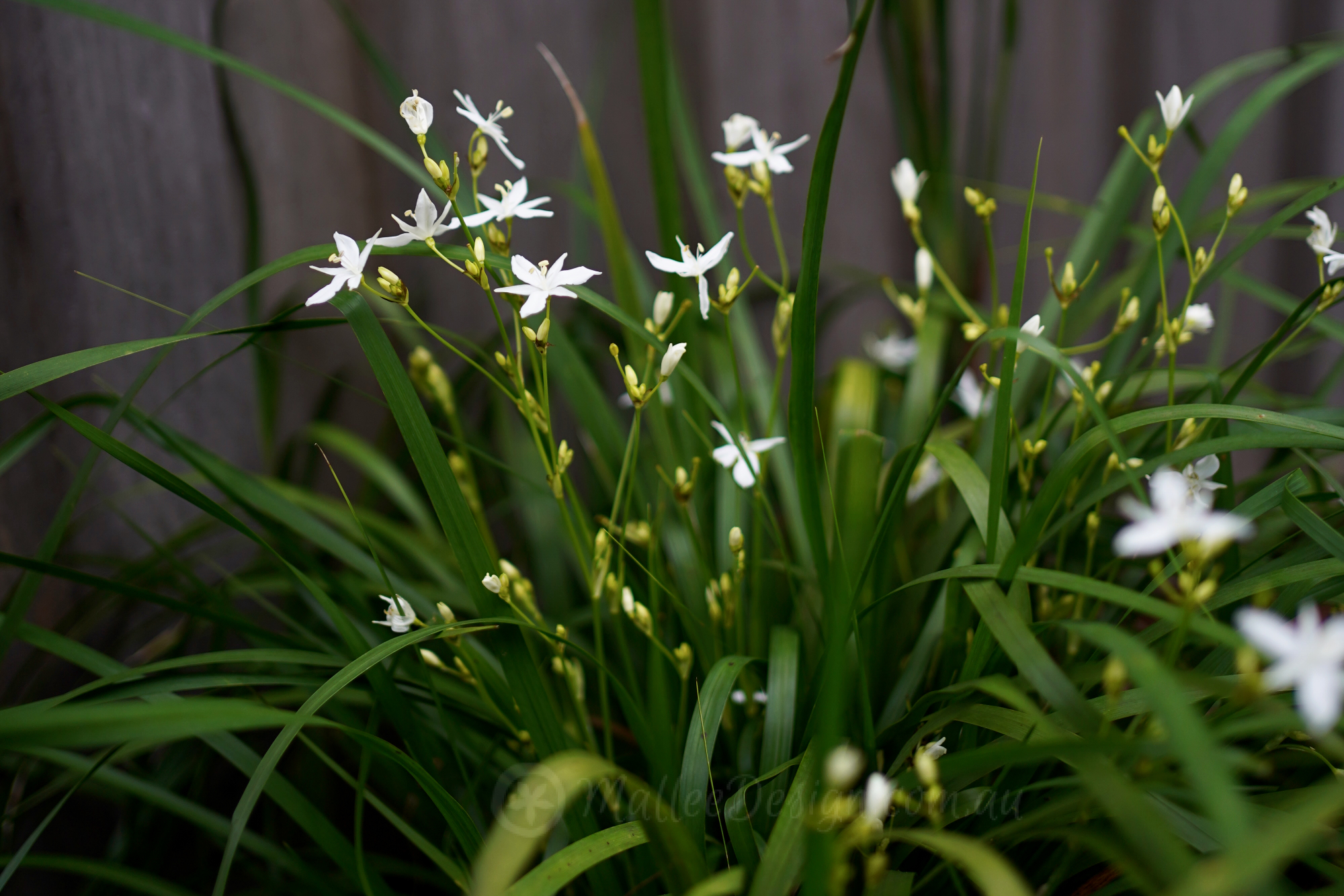
Shade-loving Ornamental Grass: Libertia paniculata
I use this handy little native grass alot in my designs. It looks wonderful mass planted in a shady position and when it begins to flower in Winter it brings a welcome highlight to a dark corner. The flowers last several months and can carry on into Spring. It does prefer part shade and can…
-
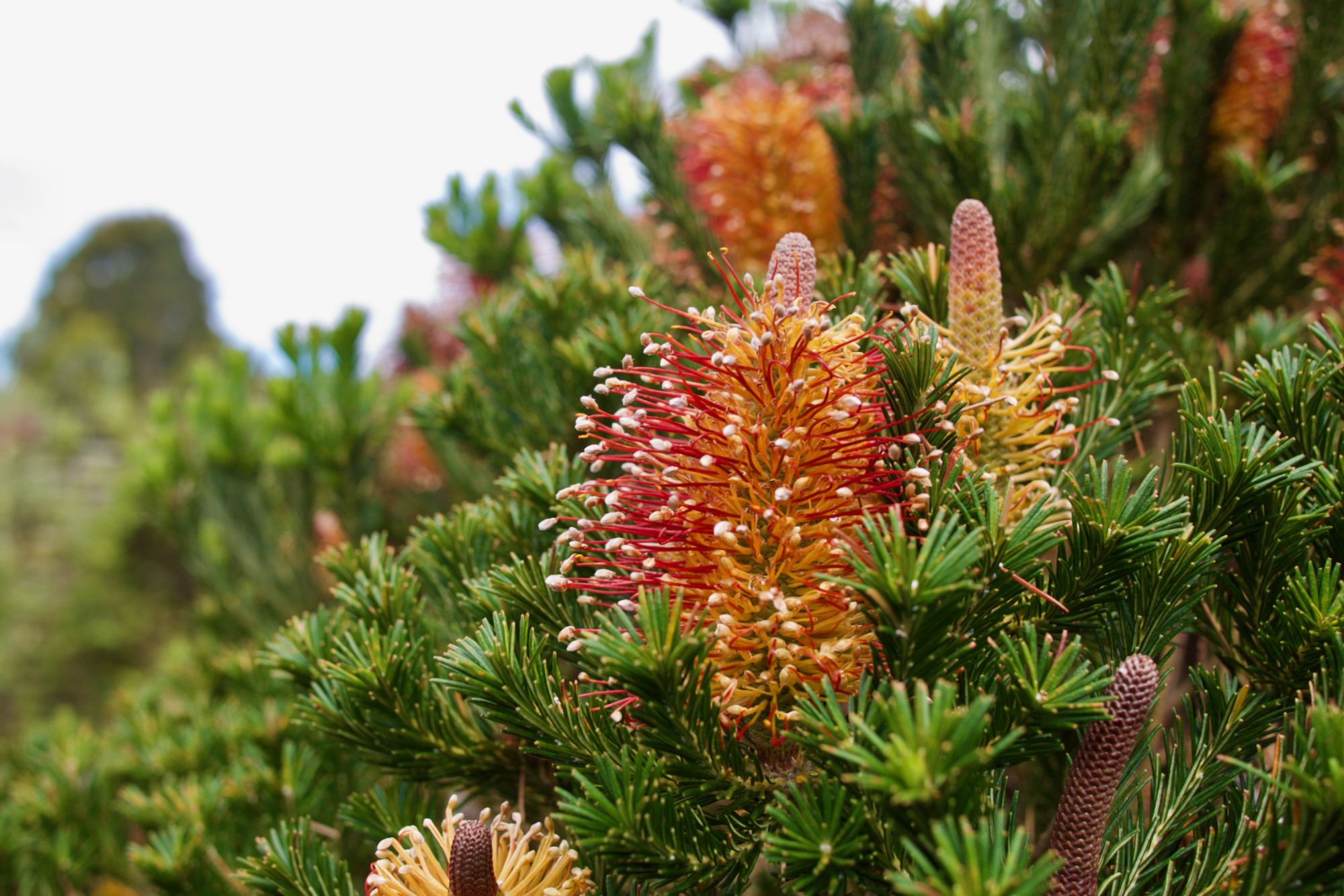
The little known Banksia ericifolia ‘Little Eric’
Banksias all over Australia are hitting their flowering stride this season, from Autumn until Spring is when most Banksia species will be covered in nectar rich flower spikes. Most people are familiar with the Dwarf Banksia spinulosa cultivars like ‘Birthday Candles’ and ‘Coastal Cushions’. This post is a little shout out to a lesser know…
-
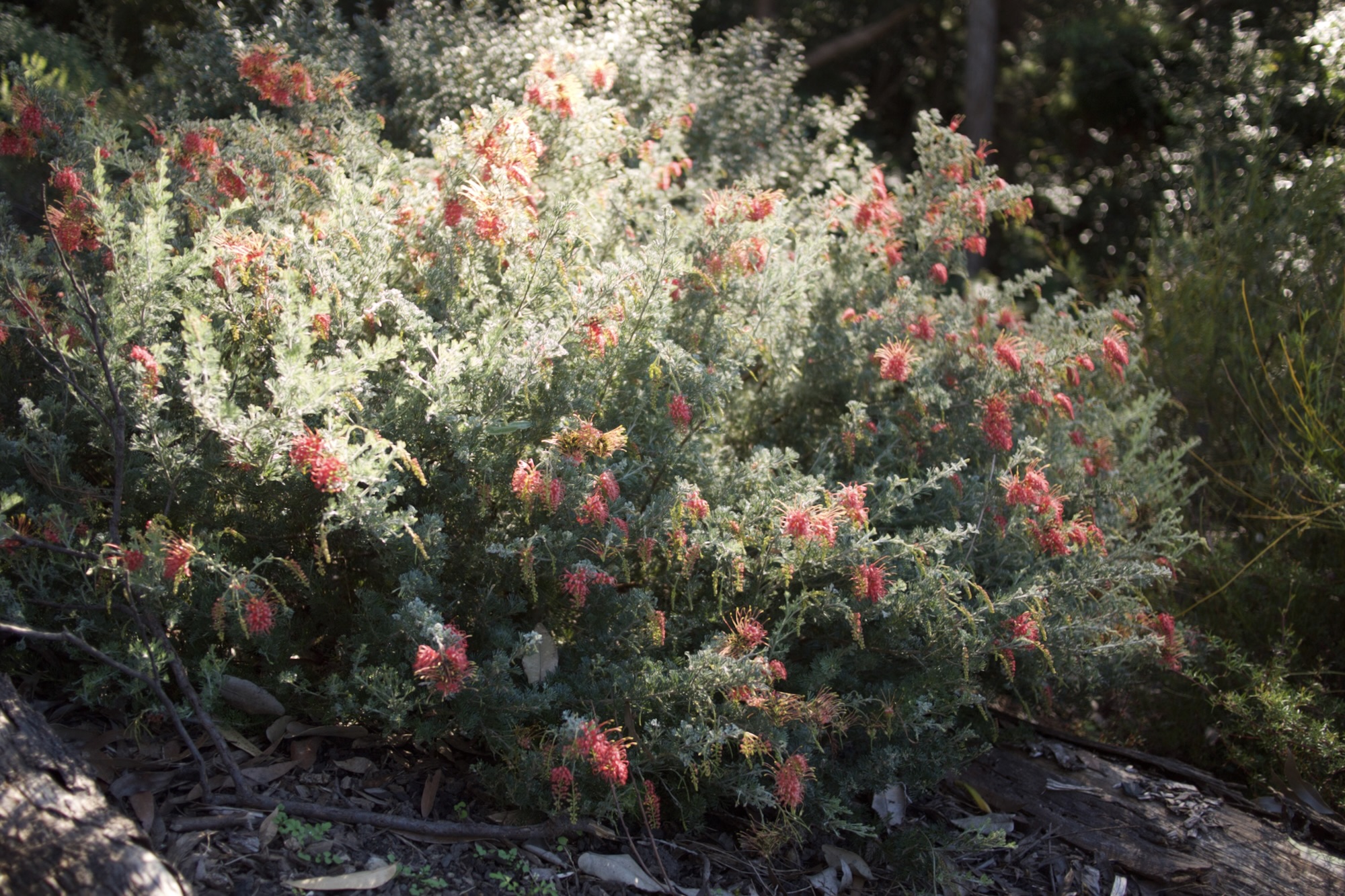
Soft and Foamy Grevillea’Seaspray’
Generally I am drawn to plants which are tactile and gentle, whether that be a weeping habit, furry leaf or light breezy foliage. By nature many of our Australian native plants have a grey or silver leaf, which helps them withstand extreme heat or salty sea air, this type of leaf I love as it…
-
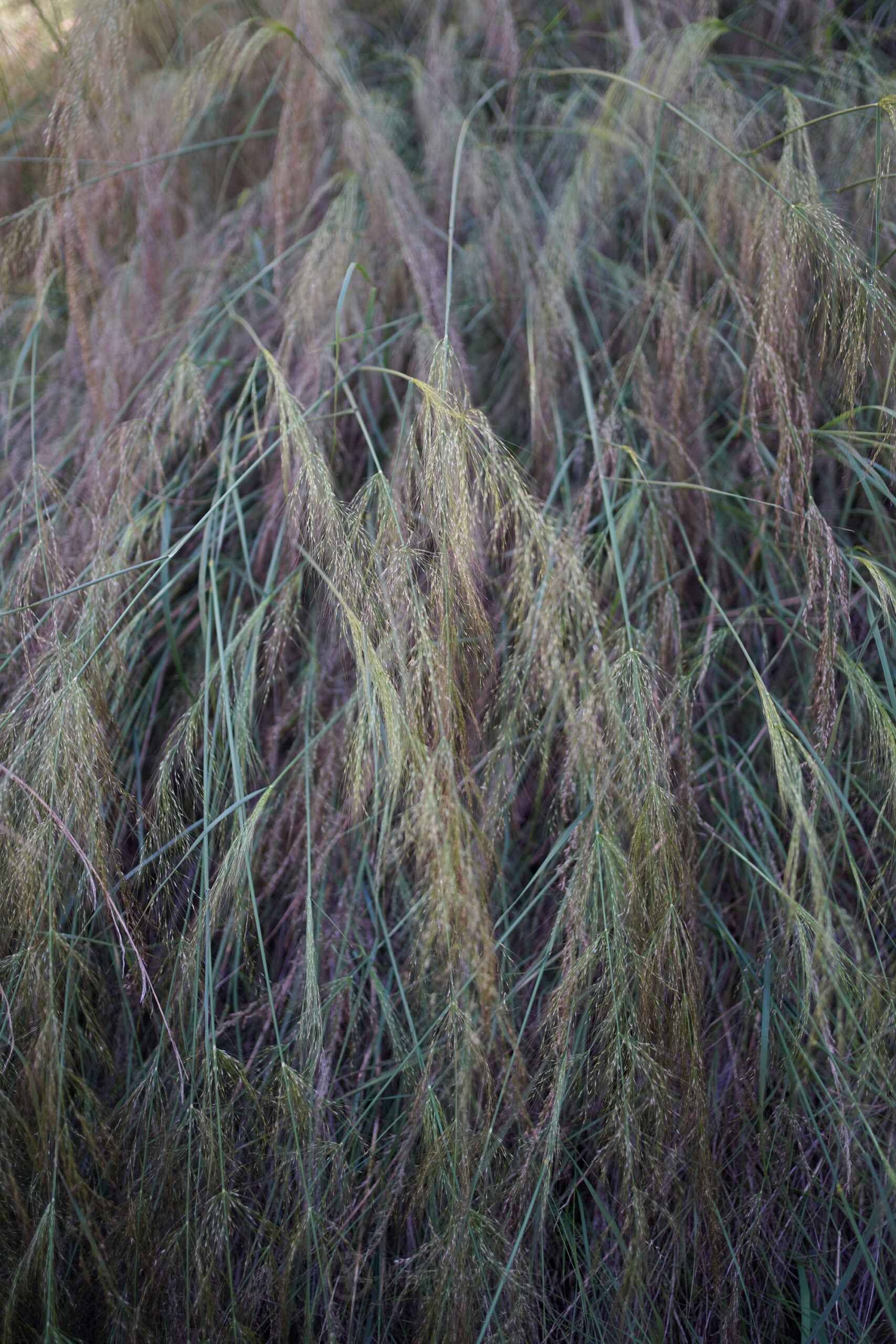
Another striking Australian Ornamental Grass: Austrostipa verticillata
I saw this species of Austrostipa growing in Canberra a few weeks back, and photographed it thinking it was Austrostipa ramosissima. However, on closer inspection I realised it was a native grass which I hadn’t come across before, how exciting! a newbie to add to my native ornamental grass planting palette. After much research I…
-
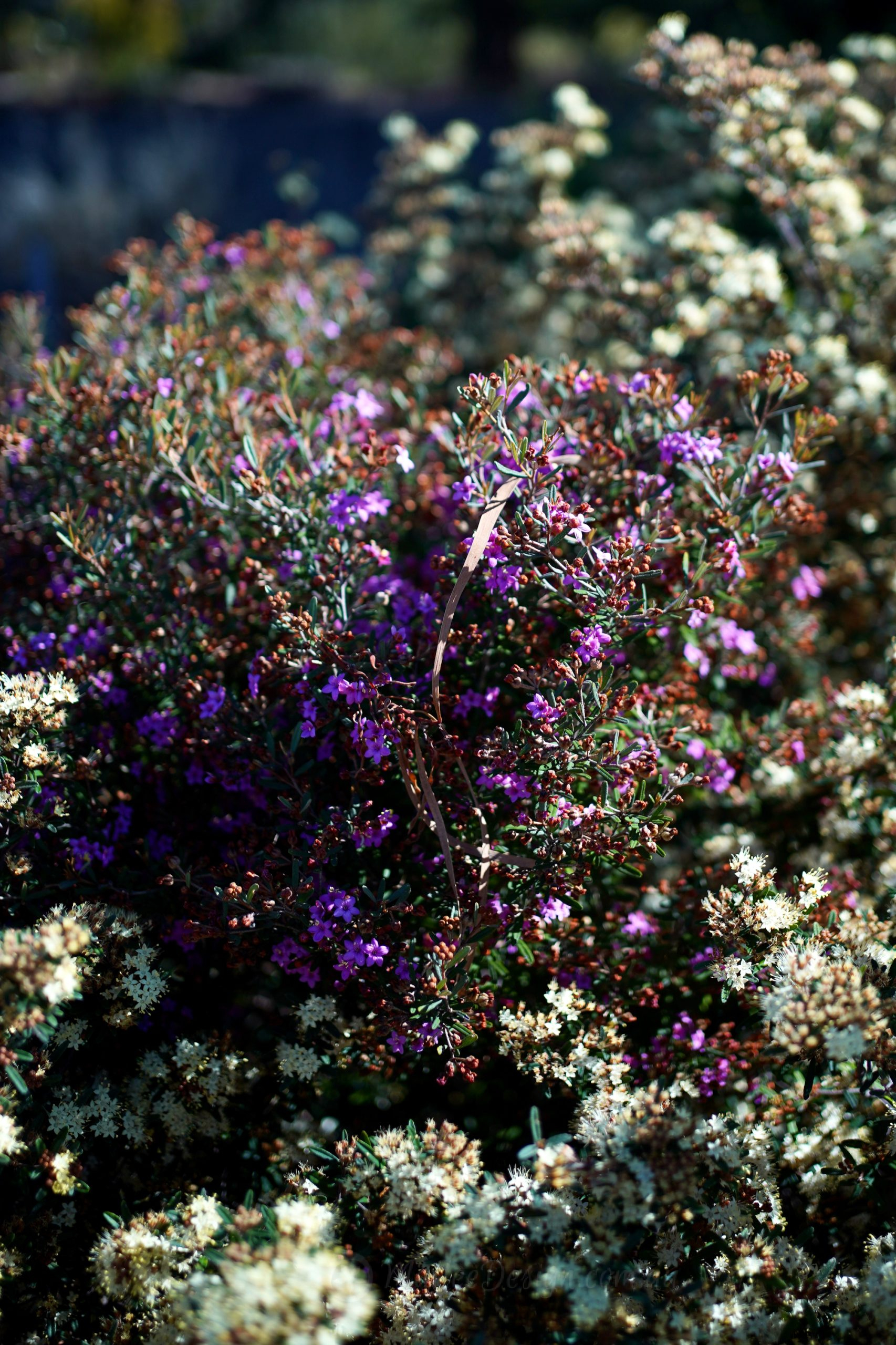
Phenomenal Phebaliums: the delicate blooms of Phebalium nottii and squamulosum
I am a long time fan of the Phebalium genus, these small to large shrubs which belong in the Rutaceae family can be found growing over much of the south and east coast of Australia. However Phebalium squamulosum is an extremely variable species which means it contains a number of forms and subspecies. So I must…
-
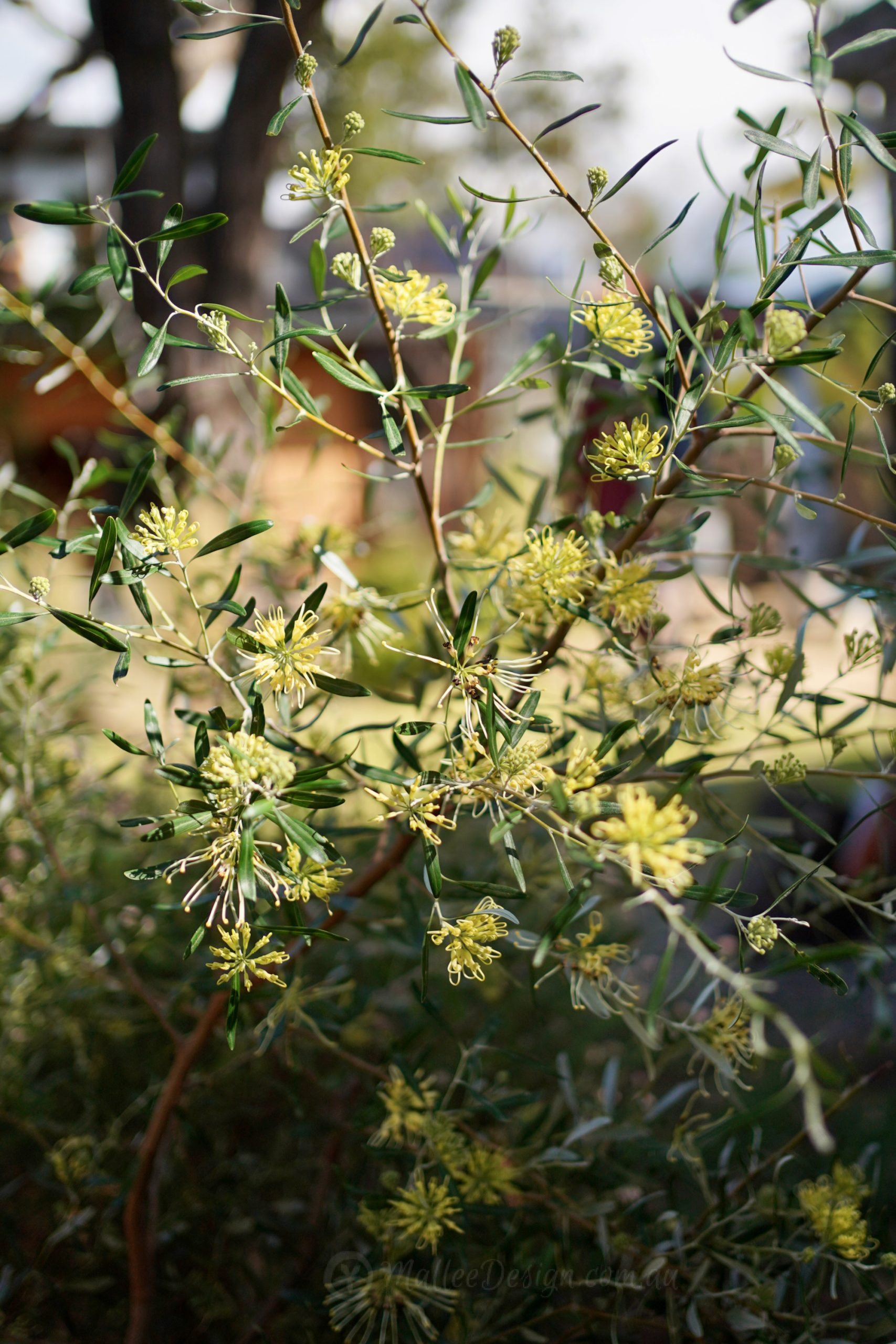
The Mediterranean flavour of Grevillea olivacea
Grevillea olivacea is considered a fast growing native shrub for dry conditions, with its dense habit it is the perfect screening plant to block out any building, street or fence. I use it for its grey foliage and small spider flowers, because spider flowering Grevilleas are my favourites! I also like to incorporate it into…
-
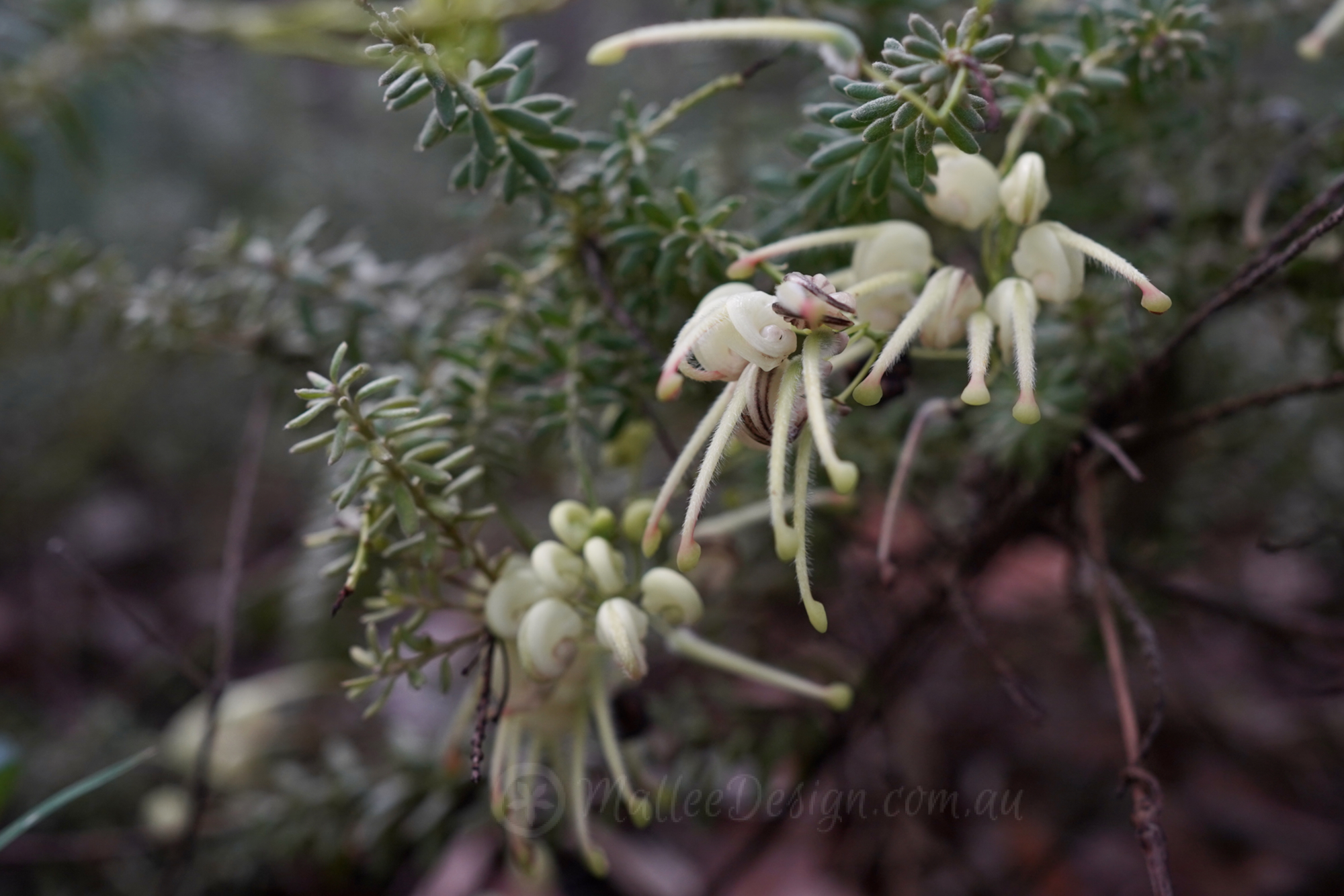
Light it up: Grevillea lanigera ‘Mellow Yellow’
I have mass planted Grevillea ‘Mellow Yellow in a semi shaded position in my garden and have been surprised at its tenacity and ability to cover its self in blooms for an extended period of time. The small striking spider like flowers appeared in Summer and are showing no sign of slowing down as we…
-
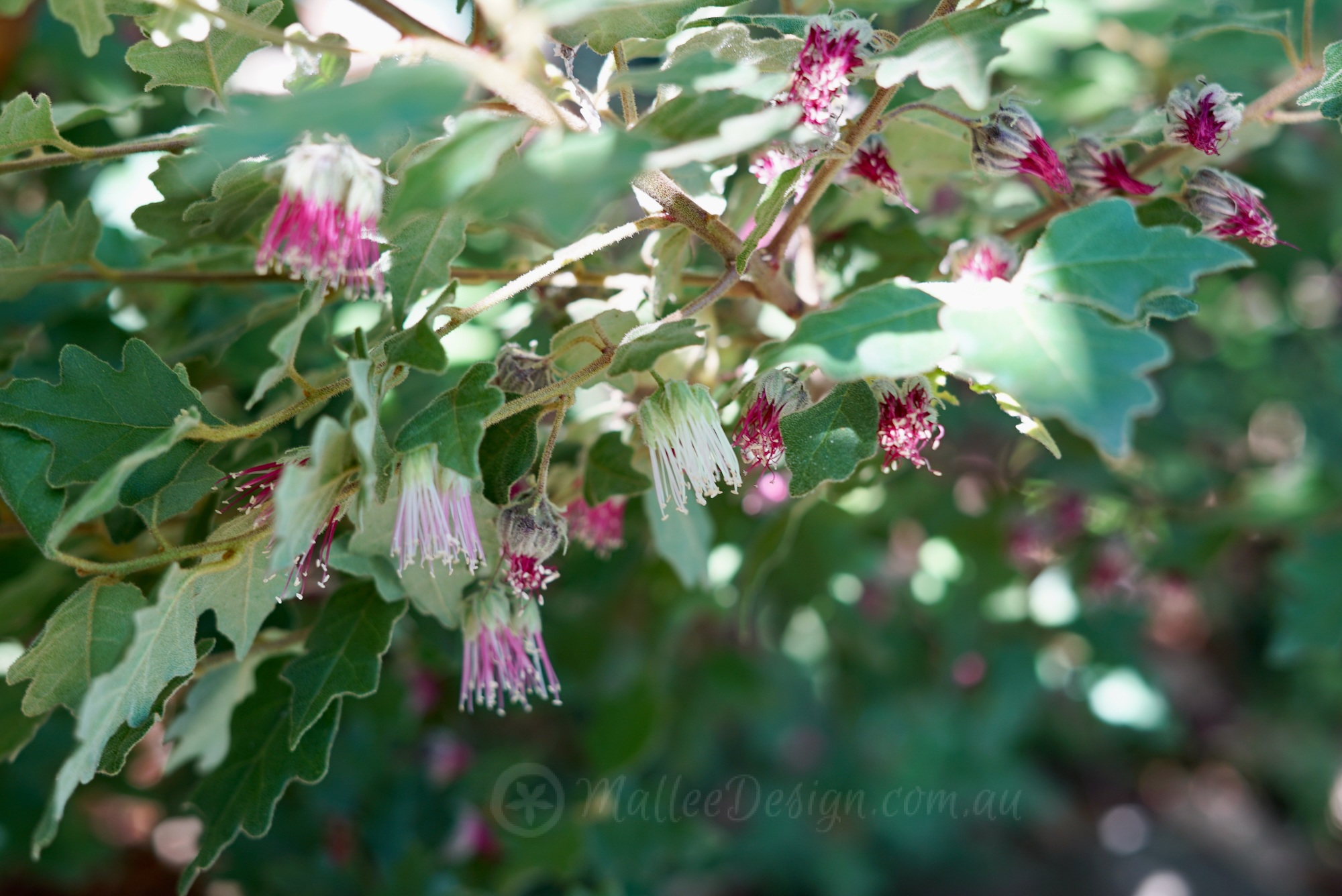
Chorilaena quercifolia: Another WA toughie
I can’t help myself, I seem always to be drawn to the unique foliage and flowers of the native plants which grow naturally in Western Australia. Which then leads me to buy many grafted native plants or grow them in pots or try the ‘see how she goes’ test in my garden. This is Chorilaena…
-
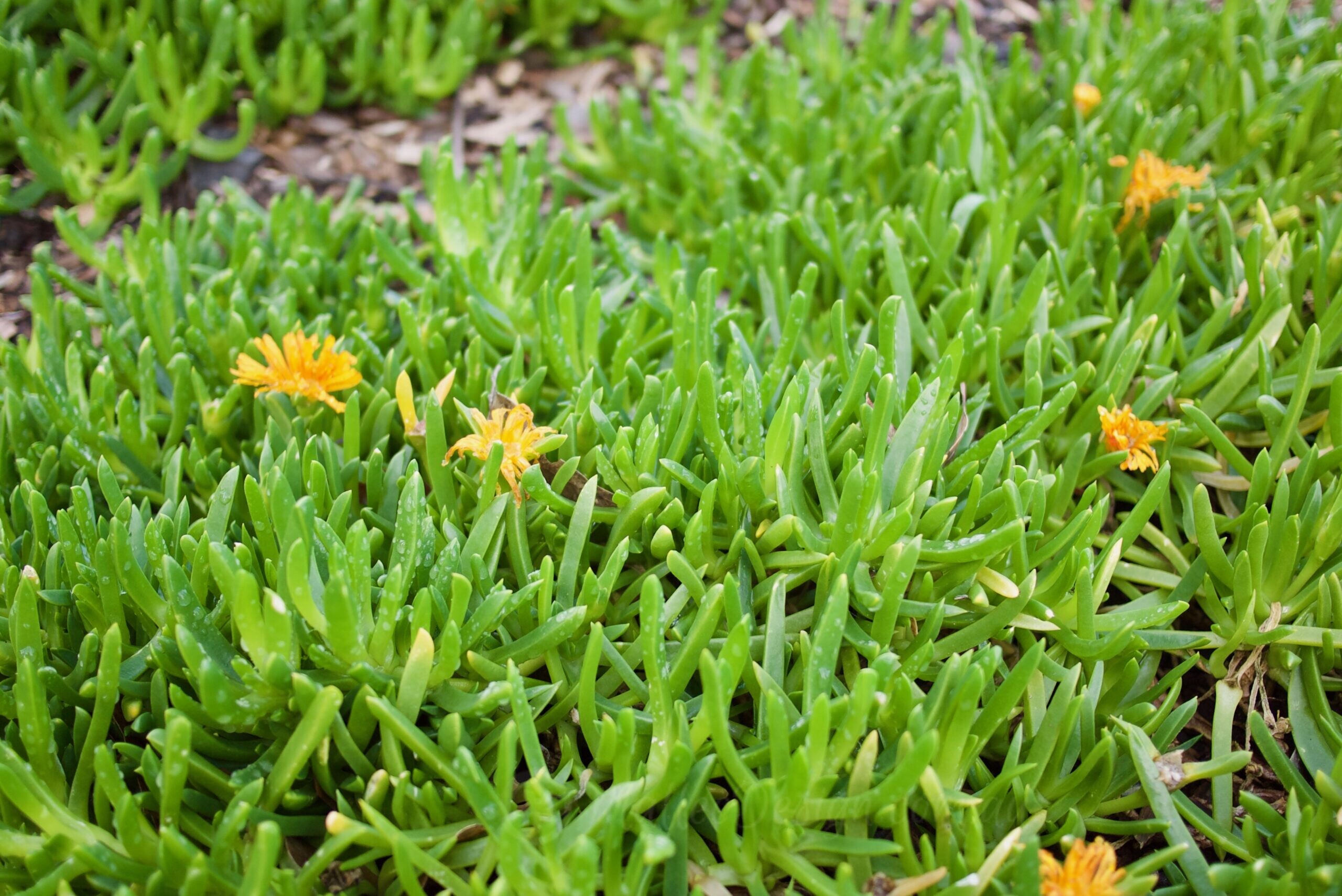
The almost native pig face: xDisphyllum ‘Sunburn’
Meet a new addition to the Australian native succulent family, well maybe more a half sibling or cousin, as technically this lovely green pig face is half south African 😳 shock horror! However there are so few Australian succulents I am calling this a native! xDisphyllum ‘Sunburn’ is a cross between two plant genera, one…
-
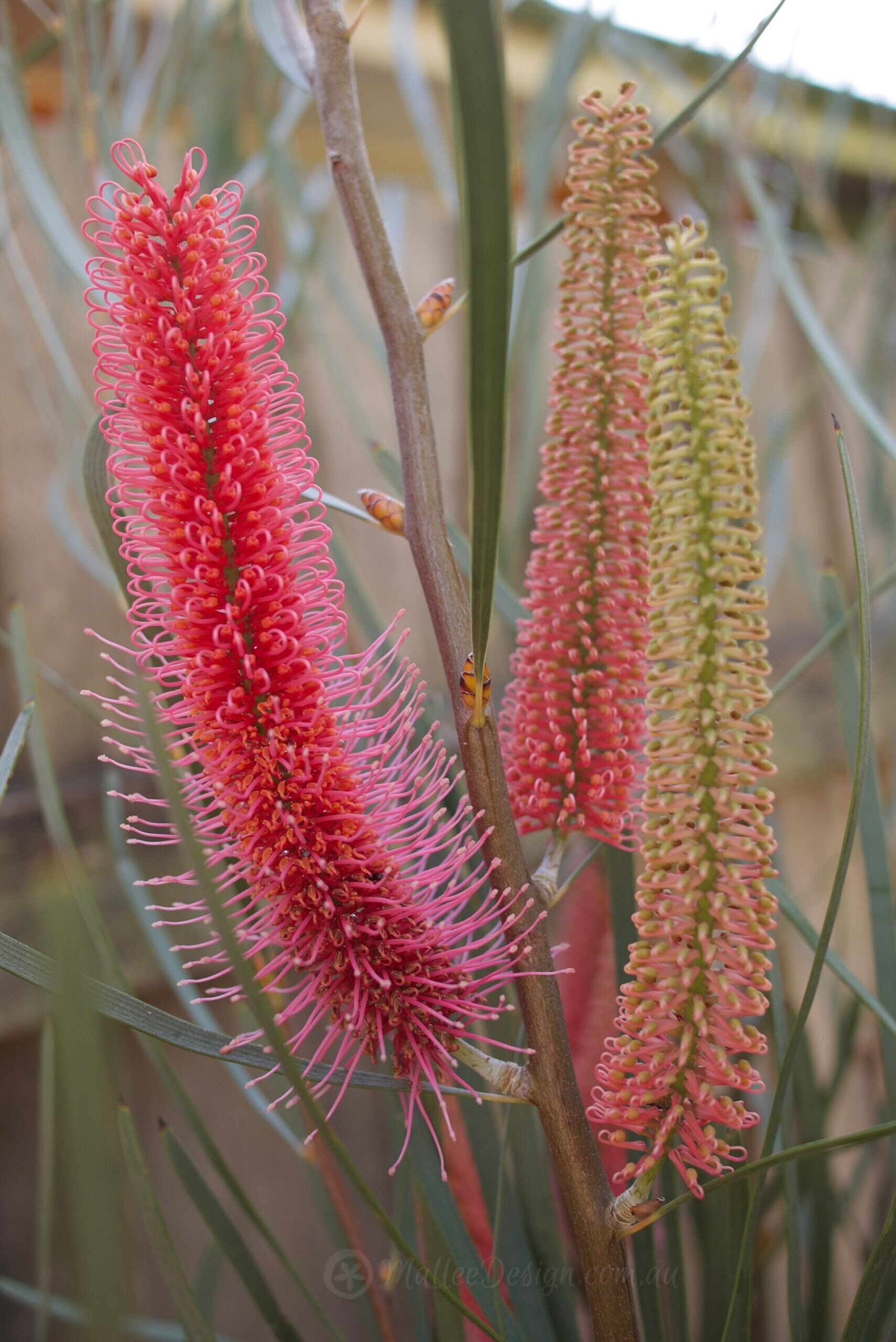
A Portrait of a Flower: Hakea francisiana
Look at this thing! is it not one of the most spectacular flowers you have ever seen? I have been impatiently waiting for this moment in my Hakea francisiana Grafted life cycle since I planted it 6 months ago. It began flowering a couple of weeks ago, just as we went into COVID lockdown again,…
-
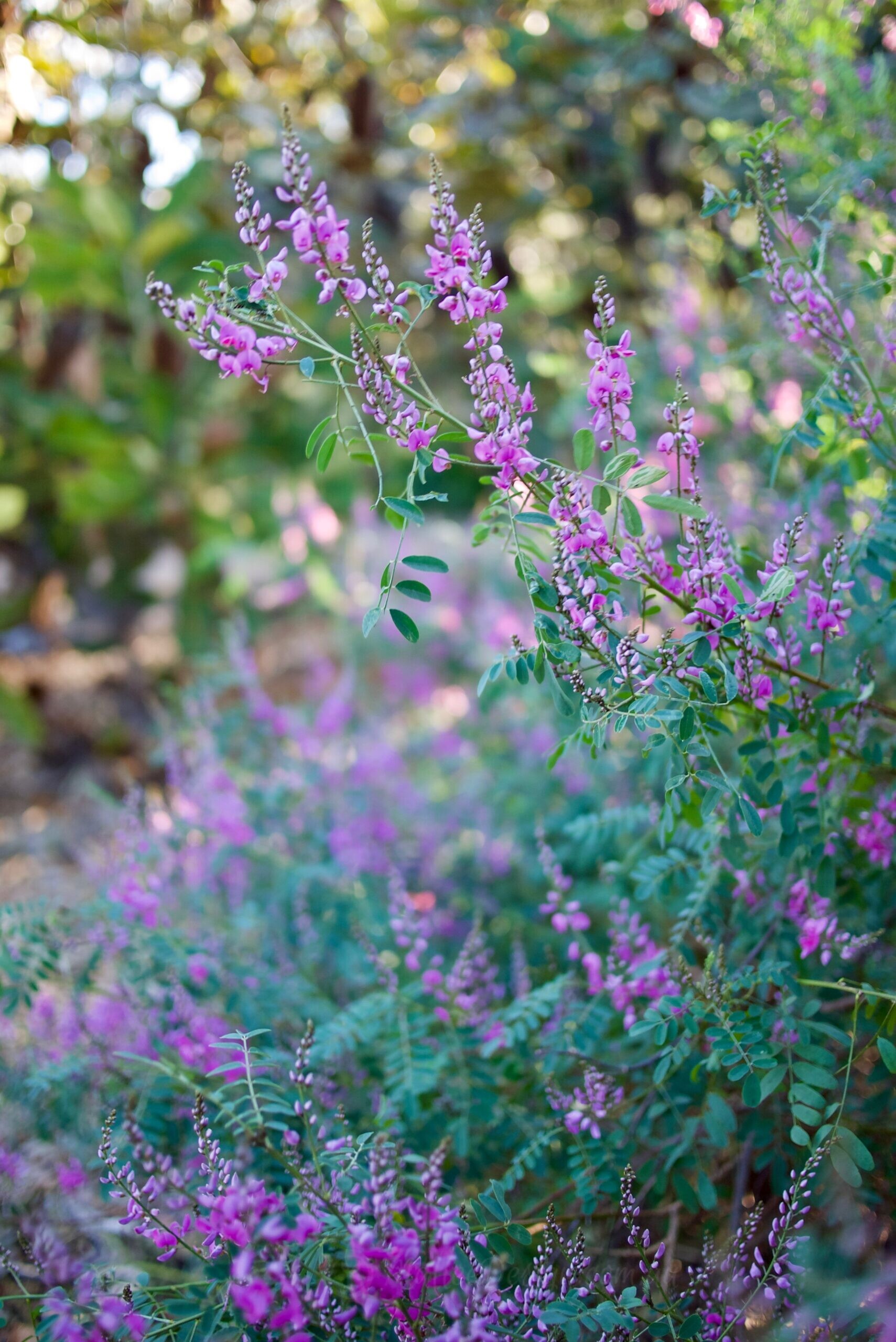
The little purple pea that could: Indigofera australis
This is a common medium sized shrub that really can do anything…..it can fill a dark boring corner, it can flower profusely, it can provide lots pf nectar rich flowers for bees and butterflies, it can grow extremely quickly and it can look amazing! Indigofera australis or Native Indigo is a common 2 metre shrub…
-
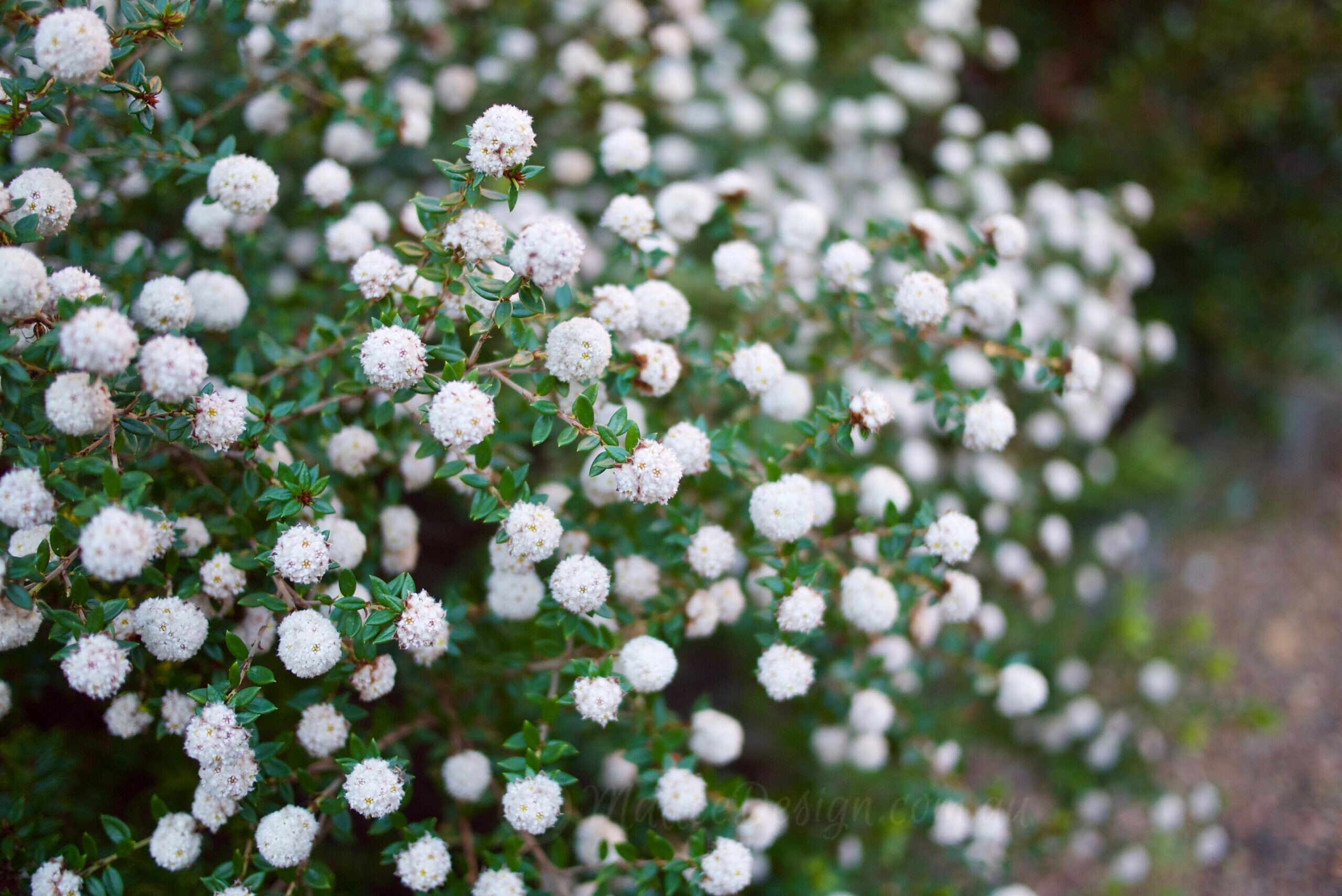
Something a little different: Stenanthemum scortechinii
This little low growing native shrub has many common names Cotton Bush, Snow Balls, Corroboree, salt and pepper to name a few …. it is also known as Stenanthemum scortechinii or Cryptandra scortechinii or even Spyridium whatever the name it is a native plant which has a lot to offer. Stenanthemum scortechinii covers itself in…
-
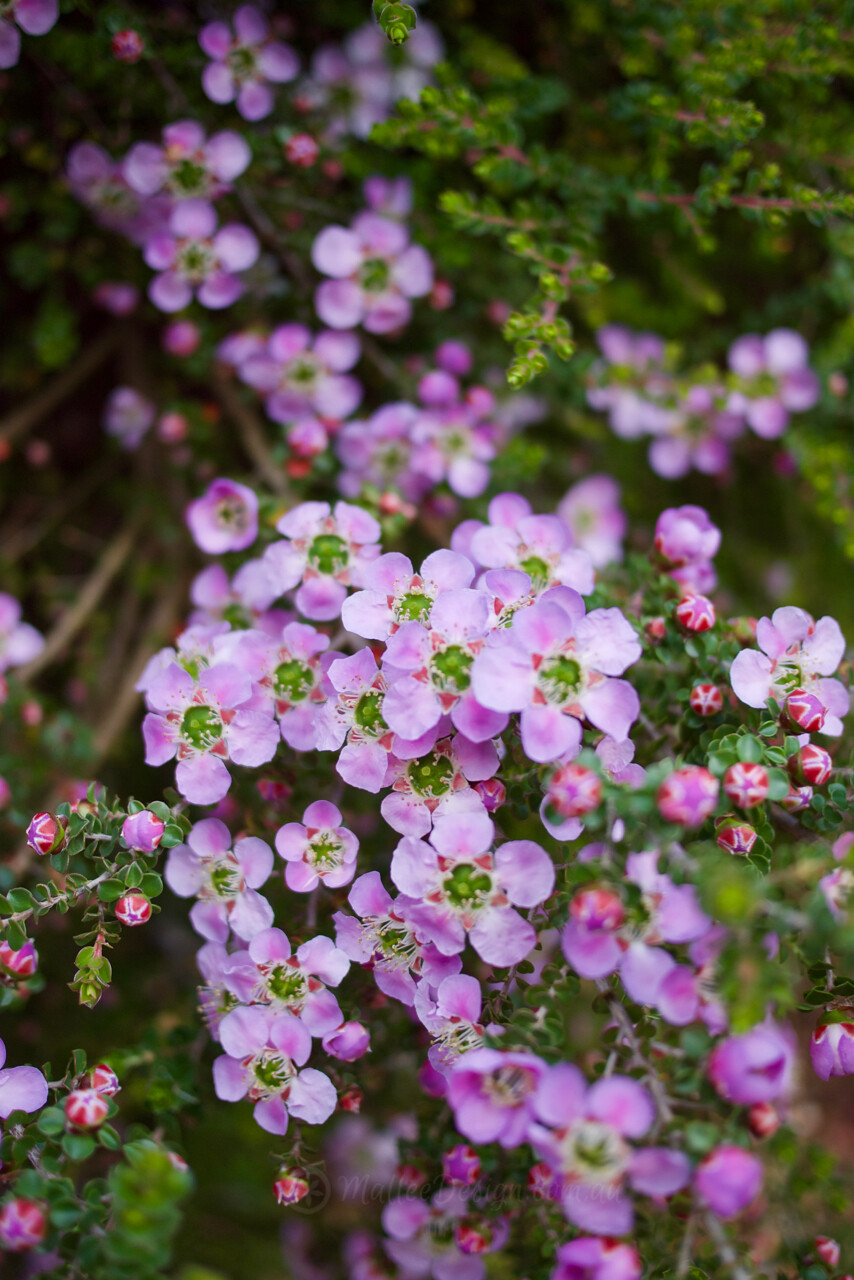
The densely layered Leptospermum rotundifolium ‘Julie Ann’
It’s no secret that I love tea trees, I forgive them for their short flowering periods and sometimes sporadic and un reliable floral displays, and this particular Tea Tree has really tested my patience. This is Leptospermum rotundifolium ‘Julie Ann’ a low growing spreading shrub form of Leptospermum rotundifolium from Jervis Bay. It grows to a…
-
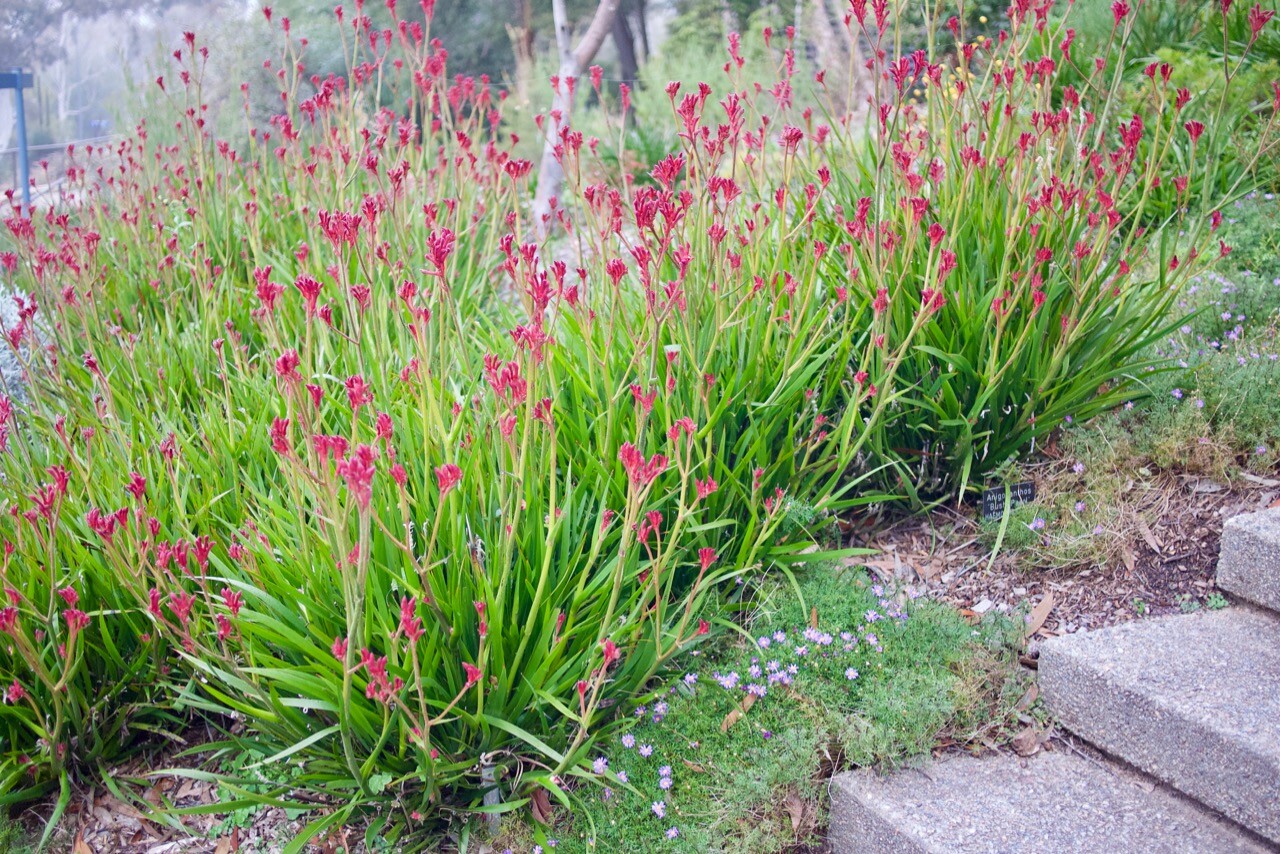
Landscaping with Dwarf Kangaroo Paws: Anigozanthos ‘Bush Pearl’
I couldn’t help myself when I was in Canberra last month at the Botanic Gardens, before I even considered what I was doing I was snapping away at these Anigozanthos ‘Bush Pearl’. They just looked so stunning in the foggy morning light, dry out from the Winter frost but punchy as ever. Generally I am…
-
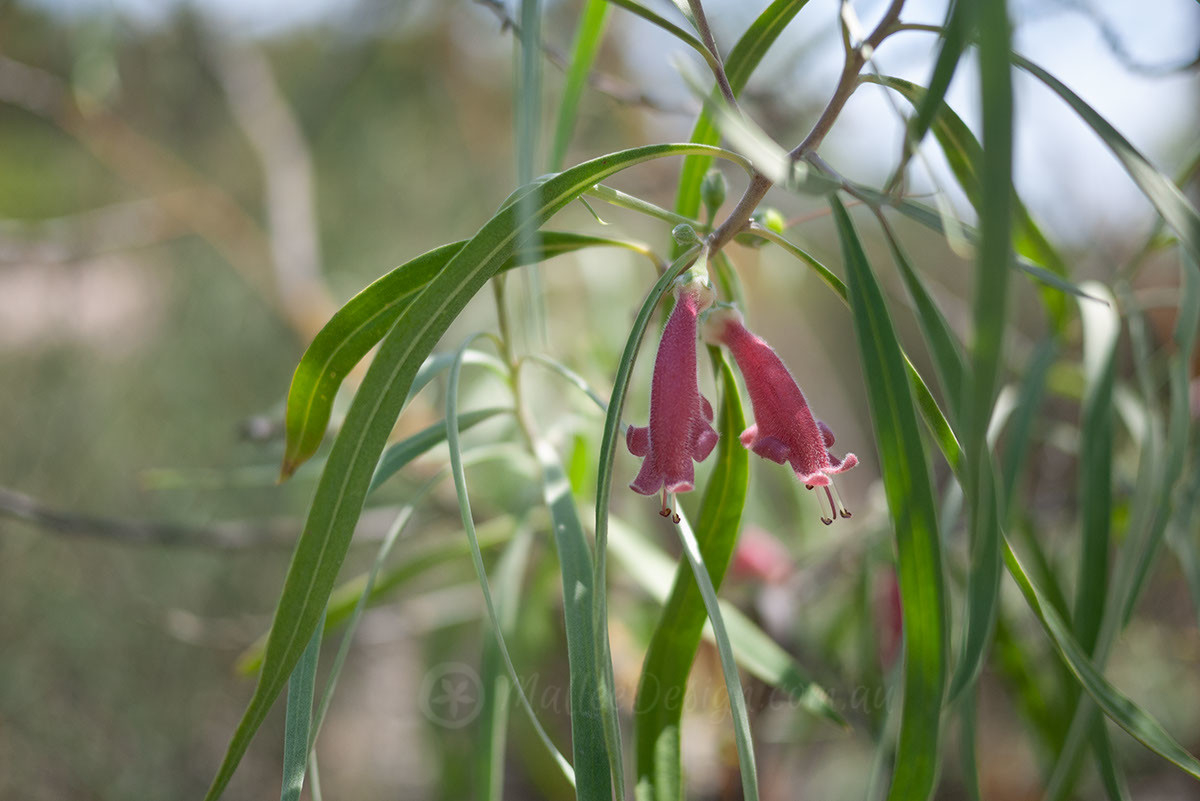
The small tree Emu Bush: Eremophila longifolia
This is another Emu Bush to add to my database, Eremophila longifolia is classically not so bushy in habit but more upright and weeping. I think it makes a lovely small feature tree with its long, droopy leaves and clusters of pink bell flowers. It can be pruned into other shapes if needed but the…
-
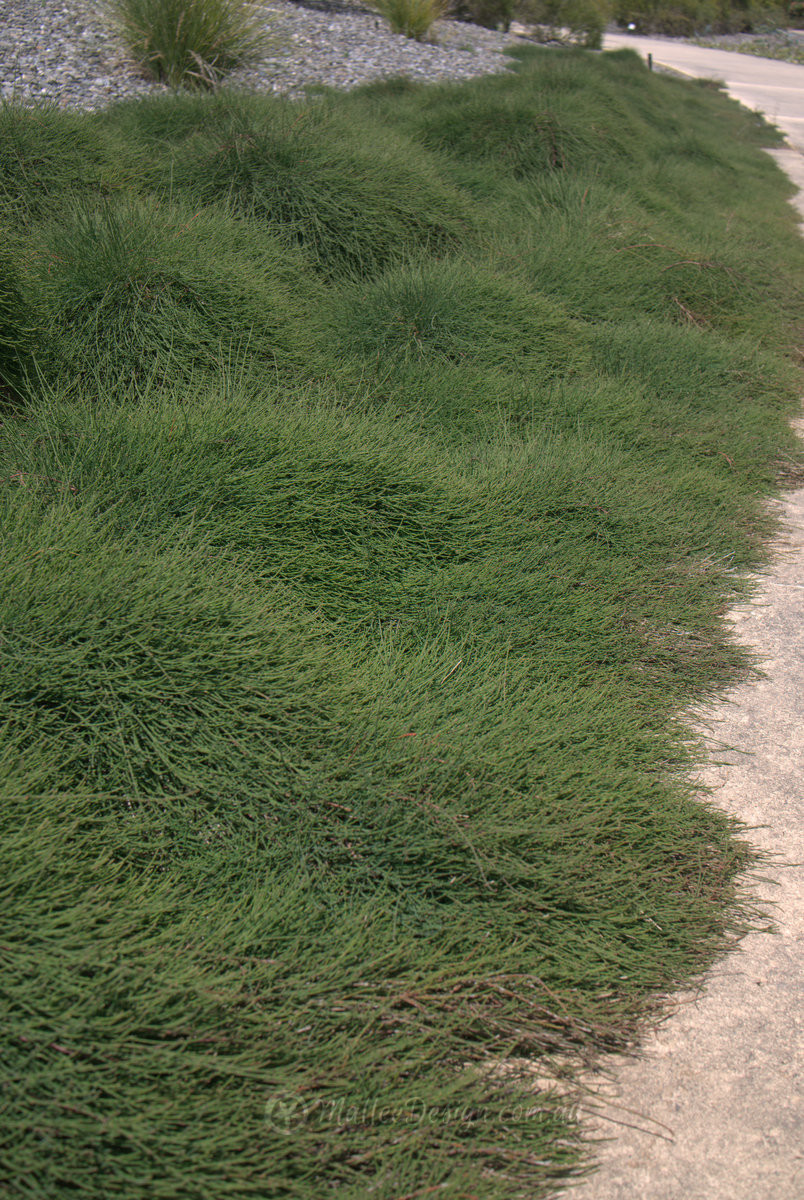
Are native plants really drought tolerant? Casuarina ‘Cousin It’
When someone tells you they want a drought tolerant garden, what comes to mind? or you may be told a certain plant is ‘water wise’ what does this really mean? As the current drought wears on and wears thin and watering your garden becomes something you can only do under strict regulations many people are looking…
-

The Greatest Geebung: Persoonia pinifolia
Geebungs are a wonderful Genus of native plant, they below in the Proteaceae family like Banksias and possess a variety of flowers, leaves and habits. In fact I have already written about Persoonia pinifolia a couple of years ago, see here. However since then I have seen them growing outside of their native locality of Sydney…
-
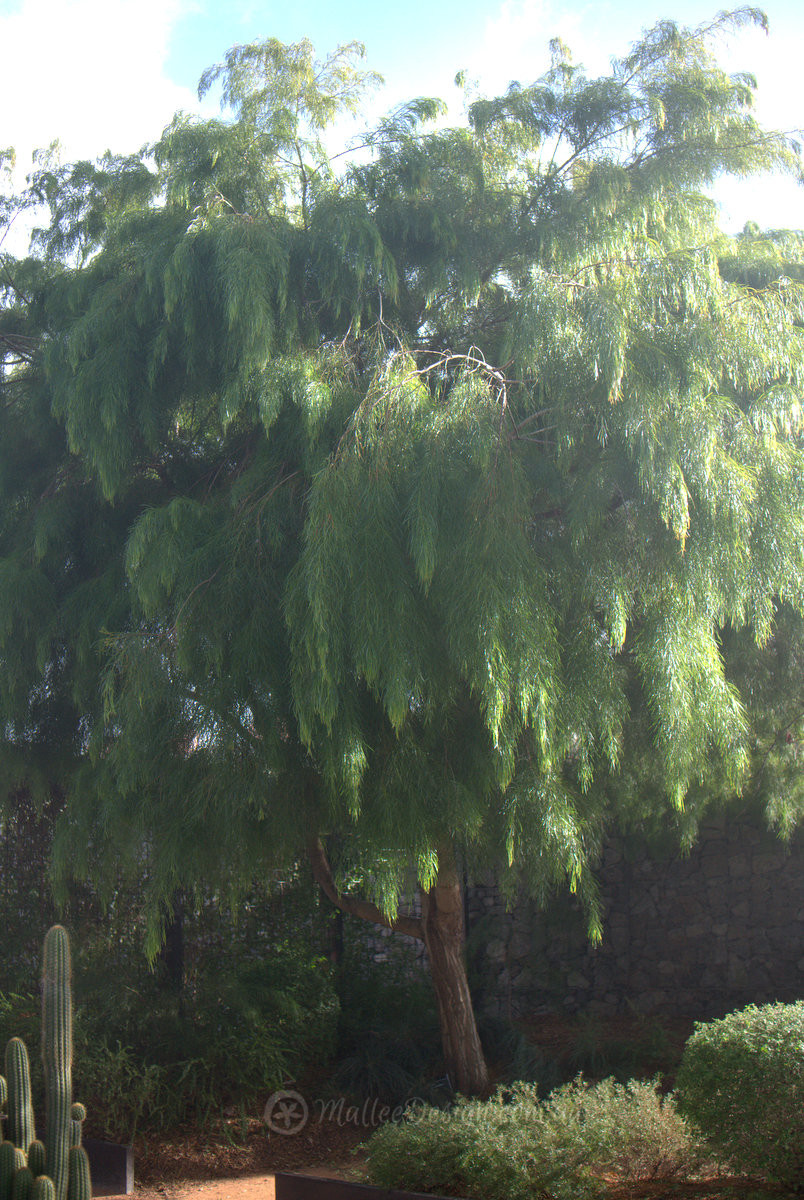
The weepiest of them all: Acacia cognata
Ahhh the river wattle, flopping about just like a willow 😉 Acacia cognata surely must be the weepiest and most cultivated of wattles, it is being remade and re branded everywhere! and for good reason too. Acacia cognata has a weeping habit like no other and creates a soft gentle screen or eye catching feature…
Tag: frost tolerant

